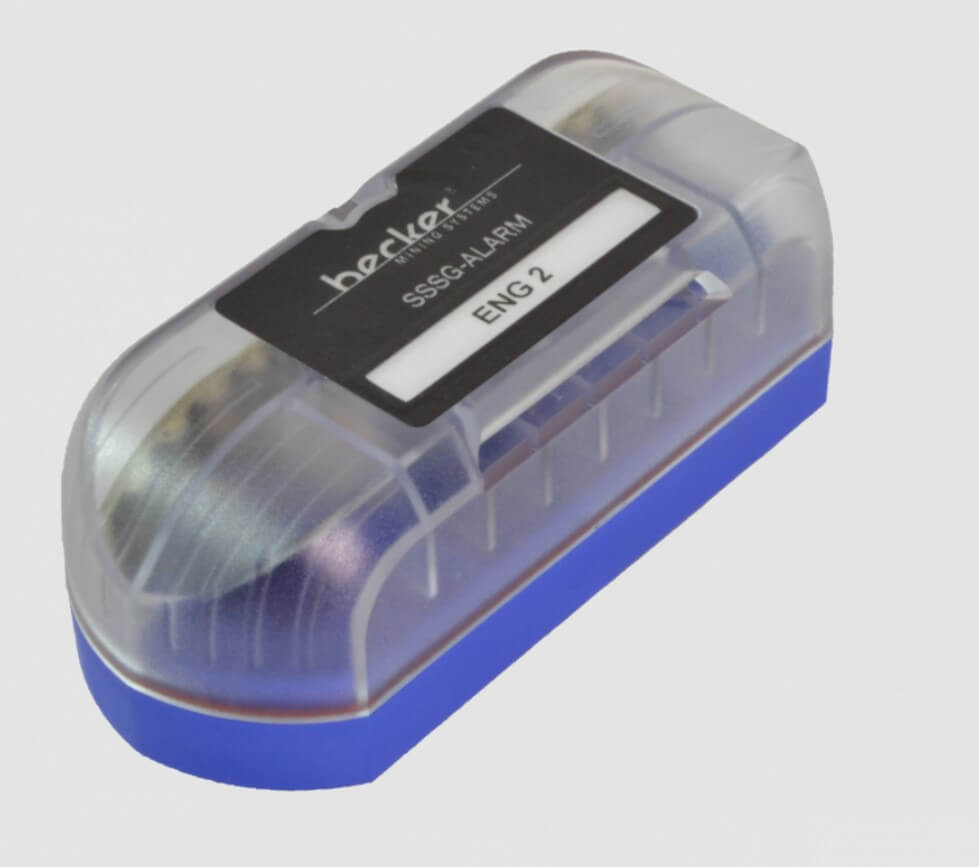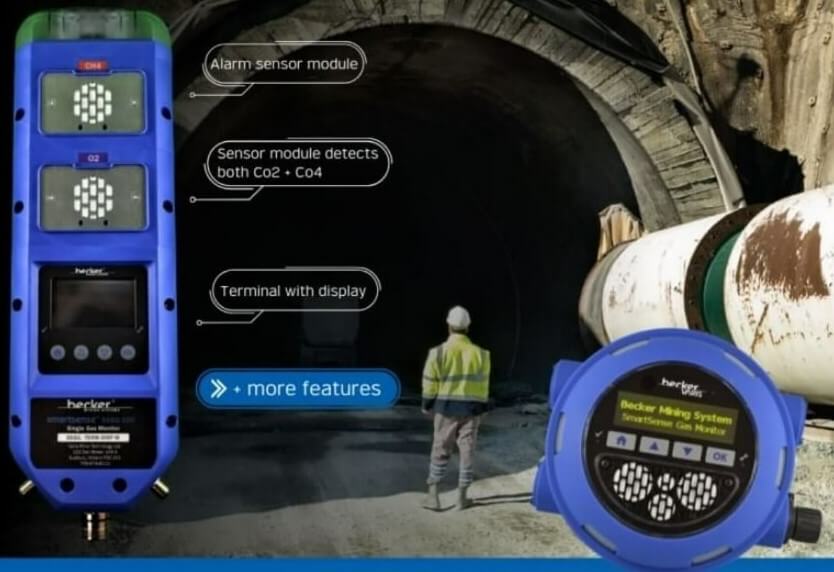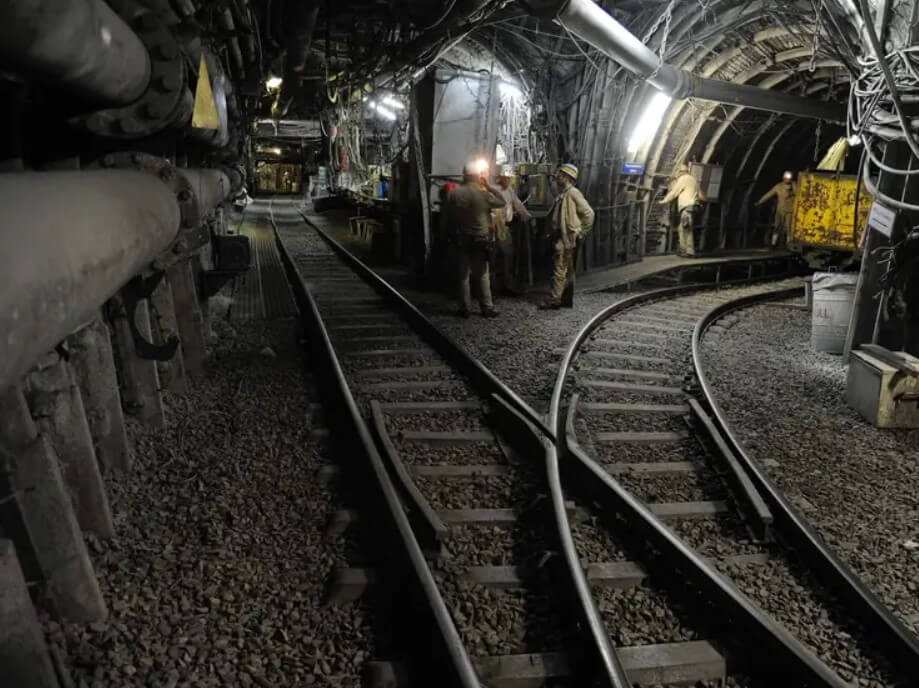When it comes to workplace safety, especially in mining and industrial settings, the risks posed by natural gas cannot be ignored. A small leak may seem harmless at first, but it can quickly escalate into a dangerous situation, leading to explosions, property damage, and even loss of life. This is why using a natural gas alarm detector is critical. Becker Wholesale Mine Supply, a trusted provider of mining safety equipment in the USA, delivers reliable solutions designed to detect hazards early and protect your workforce.
Explosion Prevention Using A Natural Gas Alarm Detector








